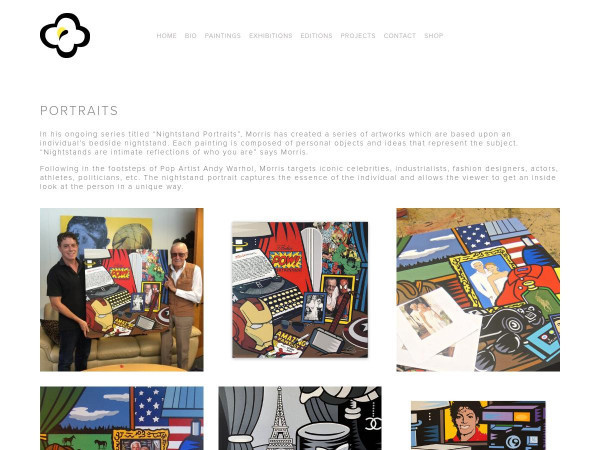Ashley Naranjo
Ashley Naranjo, M.Ed. is a museum educator, specializing in the use of digital resources for teaching and learning. She currently manages distance learning initiatives and education partnerships for the Smithsonian. Portfolio highlights have included: the Smithsonian Quests digital badging program, Smithsonian Online Education Conferences, Smithsonian Learning Lab nationwide teacher professional development, Teachers of the Year programming at the Smithsonian, “Explore with Smithsonian Experts” video series, and Smithsonian print publication guides.
Before coming to the Smithsonian, she has had experiences in education in both formal and informal learning spaces: as an ESOL instructor for adults, a middle school teacher in the humanities and a summer programs administrator. She holds a B.A. in Human Development (Developmental Psychology) from the Lynch School of Education at Boston College, where she was a research assistant and independent study student in the Laboratory of Thinking, Learning & Cognition in the Arts. She completed a M.Ed. in Learning Design and Technology from the Rossier School of Education at the University of Southern California, with a thesis entitled, “Using Digital Museum Resources in the Classroom”. She is a 2019 graduate of the Getty Leadership Institute’s NextGen of Museum Leaders program.
Ashley Naranjo's collections
Women's Roles During the Civil War
 Ashley Naranjo
Ashley Naranjo
The Civil Rights Movement and Persuasive Messages
 Ashley Naranjo
Ashley Naranjo
Niagara Falls: Investigating Change Over Time with a Body of Water
 Ashley Naranjo
Ashley Naranjo
"How to" Strategies for Use with Smithsonian Collections
 Ashley Naranjo
Ashley Naranjo
Spotting Symbols in the Lansdowne Portrait of George Washington
 Ashley Naranjo
Ashley Naranjo
National Letter Writing Day- December 7
 Ashley Naranjo
Ashley Naranjo
World War II Homefront Posters
 Ashley Naranjo
Ashley Naranjo
Declaration of Independence Resources
 Ashley Naranjo
Ashley Naranjo
Water-Related Hazards: Flooding
 Ashley Naranjo
Ashley Naranjo
U.S. Presidential Inauguration Resources
 Ashley Naranjo
Ashley Naranjo
An 11 year old's Letter and Lincoln's Beard
 Ashley Naranjo
Ashley Naranjo
Learning to Look: Letter from Artist Yasuo Kuniyoshi, after the Japanese Attack on Pearl Harbor
 Ashley Naranjo
Ashley Naranjo











